Chimney Maintenance Tips

Beyond guaranteeing chilly evenings, neglecting chimney maintenance can have far-reaching consequences, from fire risks to expensive repair jobs.
Here you can find some handy tips and practical advice I've learned over my time as a chimney sweep in Redditch to keep your fireplace clear, your fires burning and your home cosy in even the coldest months.
You can schedule an appointment directly using my contact form, or alternatively get in touch at 07572 954502 if you have any questions.
Practical Chimney Maintenance Tips for Homeowners
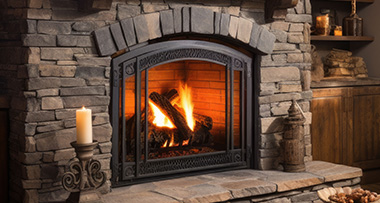
You don't need to get up to your elbows in soot to notice the signs your chimney needs maintenance. I recommend you inspect your fireplace and chimney with a torch and a mirror at least once a month to check for cracks, loose bricks or creosote buildup.
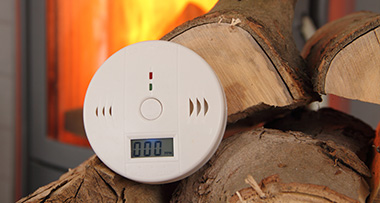
Install a carbon monoxide detector near your fireplace, and make sure you test it regularly according to the manufacturer's instructions.
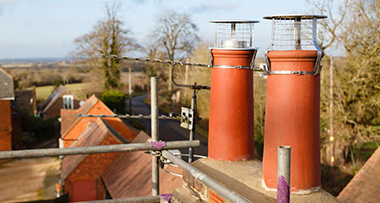
You might also want to consider installing a cowl with a built-in spark arrestor, making sure embers can't escape and ignite debris.
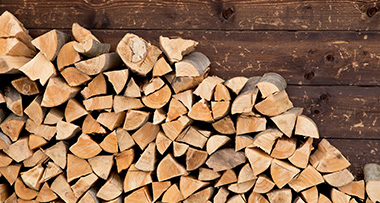
A major cause of creosote buildup is the use of wet or unseasoned firewood, oversized logs that restrict airflow and fast-burning softwoods like pine. If possible, stick to high-quality seasoned firewood (Dried for at least six months), with a moisture content below 20%.

A little common sense goes a long way – Keep flammable materials like wooden furniture, rugs and decorations at least three feet away from your fireplace.
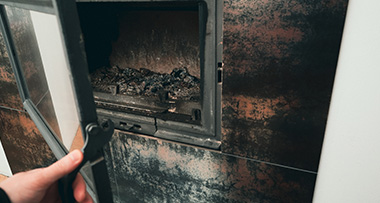
Schedule a professional chimney sweep at least once a year, and maybe even more frequently if you use your fireplace frequently.
As your local chimney sweep in Redditch, I have the expertise and the tools needed to keep your chimney performing its best year-round.
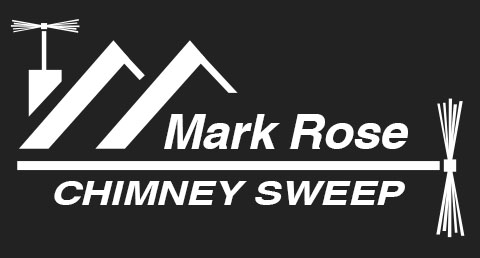
Contact your local chimney sweep in Redditch today to get started.
Should you have any questions, please get in touch with me at 07572 954502 or enquiries@markrosechimneysweep.co.uk.